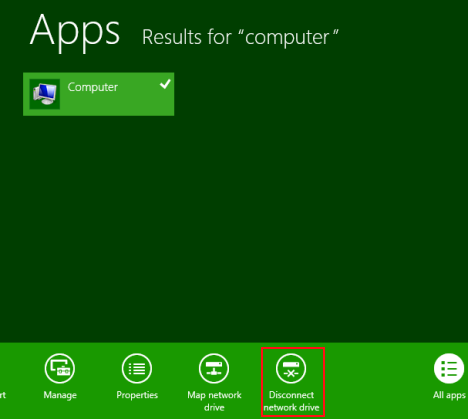

If you have a persistent network mount or map and want to make it non-persistent or temporary the /persistent:No can be used for this. net use Z: \\192.168.146.129\Backups /persistent:Yes Make Network Mount/Map Non-persistent or Temporary

If you require the network shares mappings to be persistent and exist after reboots you can use the /persistent:Yes option. This means they will lost after a reboot. net use Z: \\192.168.146.129\C$ /user:Administrator "NotSecure" Map/Mount Network Drive Into Local Path/Directory Persistentlyīy default net use command mapped or mounted network shares are not persistent or temporary. For example to mount remote system C: drive using the following command. If you have administrator-level access to the remote system you can directly map the remote system-specific partition or drive letter like C: or D. net use Z: \\192.168.146.129\Backups /user:\ismail Map/Mount Remote System Drive (C: or D:) In the following example, the domain is named “ ” and user is “ismail”. The “net use” command can be used to authenticate with a different domain user similar to the different local user. These users are integrated into the Active Directory or Domain and the share authentication can be done via the Domain user. net use Z: \\192.168.146.129\Backups /user:ismail "NotSecure" Map/Mount Network Drive Into Local Path/Directory with For Domain UsersĬorporations generally use general network shares for their workers. Using double quotos is very good practice for specifying the username and password. In the following example we will use the username “ ismail” and password “ NotSecure“. The username and password can be specified with the /user: option where user name provided after the option and password is provided next parameter. But we may need to specify different user name and password than the current user.

List Network Share Contents Map/Mount Network Drive Into Local Path/Directory with Different Userīy default the remote network share is mounted without authentication or current user privileges username and password. We will use the dir command to list mounted share contents. We can also check if the given remote network share is mounted into the specified drive letter which is Z: in this case. If the mount is completed successfully following output or message will be printed to the command-line interface. In the following example we will use the networkshare of the remote system “ 192.168.146.129” which is named as “ Backups“. Also, the network share path should be added too. The remote network share can be specified with a domain name which should be resolved properly or an IP address. Starting from the Z:\ drive letter is a good habit. Generally, the C:\ and D:\ can be used by local drives. The remote share will be mounted into the local drive which requires a drive letter. Map/Mount Network Drive Into Local Path/Directoryįirst, we will mount or map a remote network share into the local system. OPTIONS is used to set different options like username, persistent share, etc.The share is case insensitive which means uppercase or lowercase are the same. SHARE is the remote windows share URI which contains the remote share domain name or IP address with the share path.The drive letter is case insensitive which means uppercase or lowercase are the same. DRIVE is the local system drive letter where the remote SHARE will be mounted.net use Command Syntaxīefore starting to use the “net use” command lets take a look the syntax of this command. The “ net use” command is used to mount and map windows shares over the network. These network shares can be easily consumed by other network hosts like Windows, Modem, TV, Smartphone, etc. One of the powerful features of the Windows operating systems is sharing and mapping drives over the network.


 0 kommentar(er)
0 kommentar(er)
